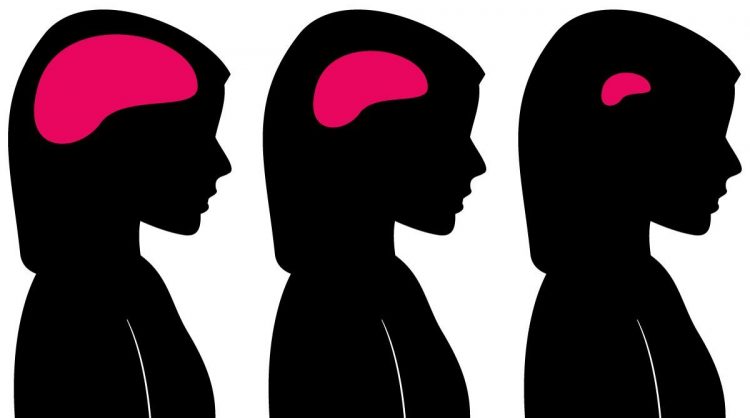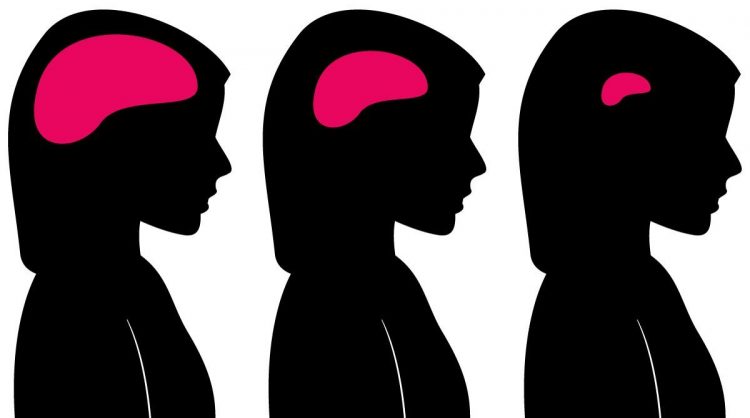Between 2016 and 2018 a number of US and Canadian diplomats working at an embassy in Havana, Cuba, reported symptoms like headaches, nausea and memory loss after hearing mysterious noises. The phenomenon became known as the “Cuban Sonic Attacks”, but Havana authorities have so far denied any wrongdoing. However, a recent study suggests something did affect the diplomats, as dozens of them showed structural changes to their brains, such as a 5 percent shrinkage.
Published in the Journal of the American Medical Association, the disturbing study analyzed advanced MRI scans of the brains of 40 diplomats that reported strange symptoms while being stationed in Havana, and compared them to those of 48 healthy people with similar ages and ethnic backgrounds. Researchers at the University of Pennsylvania found that the whole white matter volume -areas of the brain central nervous system that affects learning – of the affected diplomats was roughly five percent smaller than that of healthy individuals. Authors added that connectivity differences in the brain’s auditory and visuospatial areas were also noticed between diplomats and control participants.

Photo: OpenClipart-Vectors/Pixabay
“There were group differences all over the brain,” study author Ragini Verma, professor of radiology and neurosurgery at University of Pennsylvania’s Perelman School of Medicine, told CNN. “Especially in an area called the cerebellum, which is also implicated in the kind of clinical symptoms that most of these patients were demonstrating, which is balance, eye movement, dizziness, etc.”
“These types of changes are completely unknown to us,” Dr Douglas Smith, who took part in the analysis, added. “We haven’t seen anything like it before and it’s very curious. What it is, we’re not sure, but there does appear to be something there.”
The findings of the study brought the “sonic attack” theory back into the spotlight, but the authors point out that their research has important limitations, and cannot be used to prove fowl play. The diplomats’ brains were not scanned before they went to Cuba or even before they started reporting hearing bizarre noises, so scientists can’t tell if anything changed in their brains after these events.
“If you really want to suggest that something fundamentally different happened in Cuba … then the best control group would be 40 individuals with the same symptoms who hadn’t been to Cuba and had no history of head injury,” University of Edinburgh neurologist Jon Stone told the LA Times.
The “Cuban Sonic Attacks” got a lot of attention when an audio recording of a persistent, high-pitched noise made by US personnel was passed to the press in 2017. Cuba denied any involvement, but the island nation’s relations with the US have been strained ever since.
A recent analysis of the controversial sound recordings suggested that the noise could be attributed to the Indies short-tailed crickets inhabiting Cuba. But scientists don’t think the sound is actually relevant in this case, as audible sound “is not known to cause persistent injury to the central nervous system”. Dr. Douglas Smith, director of the University of Pennsylvania’s Center for Brain Injury and Repair, suggests that the sound was a consequence of whatever the diplomats were exposed to.
Unfortunately, scientists agree that the more time passes, the harder it’s going to be to figure out what really happened at the embassy in Cuba.













